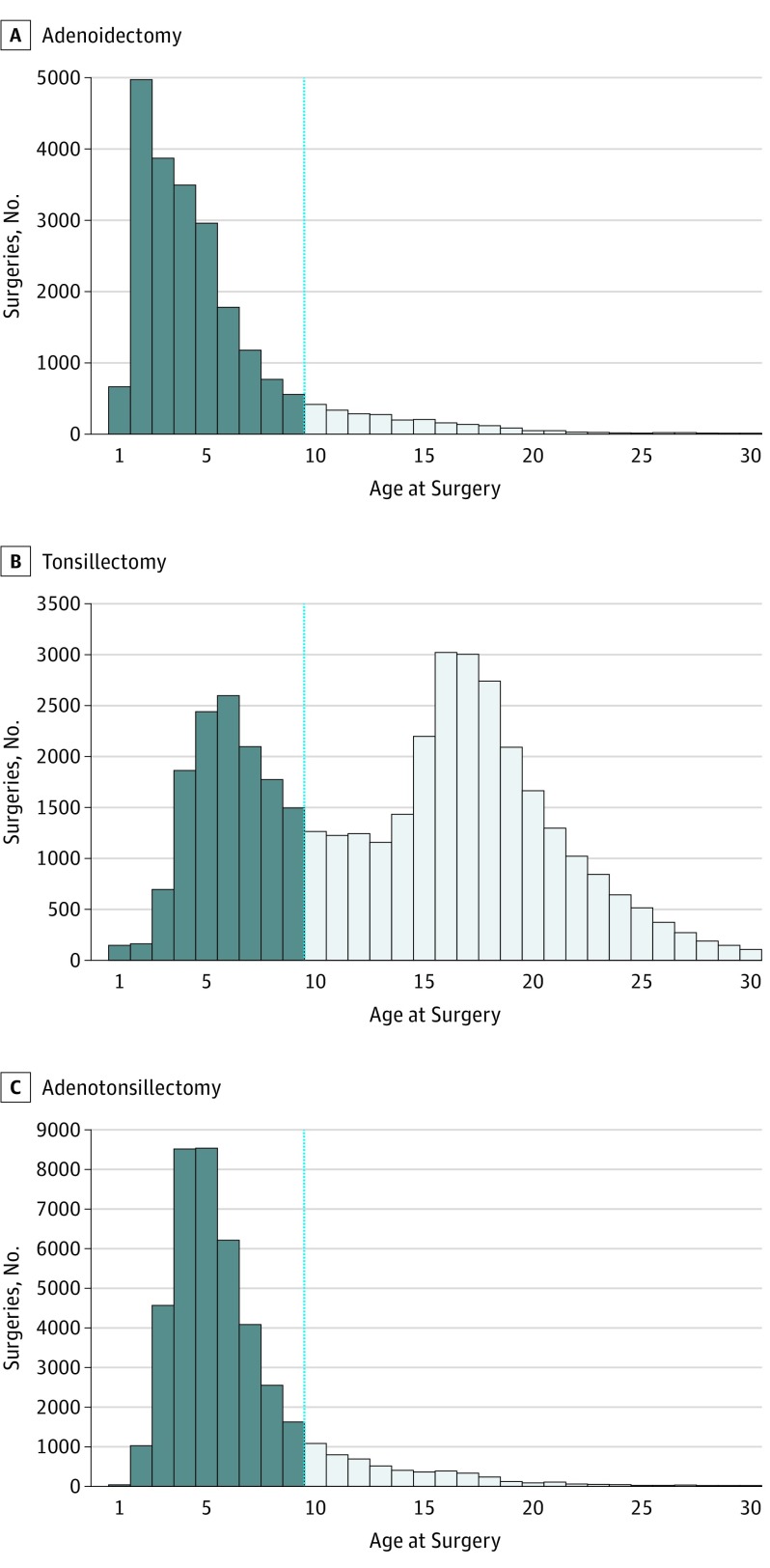Figure 1. Age at Adenoidectomy, Tosillectomy, and Adenotonsillectomy for 1 753 100 Danes Born Between 1979 to 2009 and the Selected Surgery Observation Window of 9 Years.
This cut-off for inclusion as surgery cases (dark blue bars) was deemed optimal because the first decade of life is critical for normal immune system development, it represents most of the period in which these surgeries are usually performed, and maximized the number of years available for disease follow-up after surgery. For tonsillectomy this meant that we ignored a second peak at approximately 16 to 17 years because inclusion of these surgeries would have implied insufficient time for follow-up (to 30 years). Our study thus explores the impact of the 3 types of surgery when performed during childhood rather than adolescence. Individuals with these surgeries beyond the 9-year observation end point (dotted vertical line) were not included as either cases or controls. Individuals were also excluded if they had multiple surgeries at different ages, ie, some individuals underwent adenoidectomy followed by tonsillectomy years later or vice versa. Such cases were rare in the sample (<0.2%).

